Dracula
by Bram Stoker (Vintage Classics, check 2007) rrp £5.99.
Reviewed by Linda Friday.
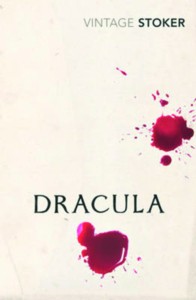 Women’s history best read with the lights on…
Women’s history best read with the lights on…
Most of us will be familiar with Bram Stoker’s anti-hero, the dark, dangerous and sexually-magnetic Dracula, but not all of us will have read the book. It was an instant hit when first published in 1897 and reissued in 1900 as an affordable sixpenny paperback. The story unfolds through the journals and letters of various narrators. Jonathan Harker travels to Dracula’s castle in Transylvania where he encounters not only the Count, but also a trio of beautiful, sexually-predatory female vampires who nearly have their wicked way with him. The story then moves to England where it is Harker’s fiancé Mina and her friend Lucy who come under threat.
I picked the book up thinking that I knew the story and was unprepared for the way that it grabbed my attention. It is a real page-turner that still provokes terror—in this modern reader at least. Horror aside, sexuality and gender are central themes. Stoker plays with contemporary fears about racial and social degeneration by showing men becoming passive and feminised, while ‘bitten’ women shun marriage and motherhood for less wholesome passions. Sexual boundaries are traversed constantly as Dracula desires both women and men, and women court disaster by developing ‘unwomanly’ sexual appetites and ambitions.
Bram Stoker wrote his Gothic fantasy at a time when concern was riding high about the effects on society of women’s demands for equality in education, employment and the vote. The counterpart to these emancipated and masculinised ‘new women’ were figures such as Oscar Wilde— dandys equally shocking with their decadent lifestyle and homosexual liaisons. Bram Stoker picks up on these reversed gender roles both implicitly and explicitly. Dracula’s bite causes sexual wantonness in the women he attacks. It changes them from the ideal of pure Victorian womanhood into assertive, seductive and sexually-motivated women. As Mina remarks with amusement ‘I believe we should have shocked the “New Woman” with our appetites’. Mina, who has ‘a man’s brain and a woman’s heart’, is bitten by the Count but manages to break free by the end of the book as Victorian values are restored. Lucy, who at the beginning is bold enough to contemplate having three lovers, is not so lucky.
Bram Stoker is an enigmatic character who, like his hero and namesake Abraham Van Helsing, has many facets and layers. He was born into a traditionally-conservative family in Dublin; he married but was later estranged. Moving to London he become secretary to the actor Henry Irving at the London Lyceum theatre. It has been suggested that the figure of Dracula is based on his relationship with Irving and their life together. Stoker died in April 1912 and his death certificate states exhaustion, but syphilis is a more likely cause . This was a very prevalent disease at the time and an infection spread by bodily contact— just like the vampire’s sexually-charged bite.
Despite earlier vampire stories that Stoker drew on, it is Dracula that has provided us with an icon and a popular mythology around vampirism and the Gothic. He could not have anticipated how Dracula would evolve to spawn films, TV series, teenage romances, chocolates and children’s characters. Indeed, Harker’s fears have been realised and Dracula lives on: he is un-dead. Despite this the novel is not a literary great. It loses its early pace, meanders a little towards the end and has some inconsistencies. But it is compelling and genuinely scary—highly recommended not least for late nineteenth-century women’s history, but best read with the lights kept on!




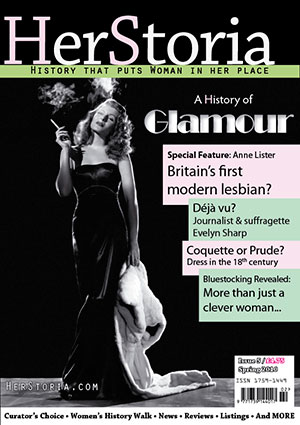
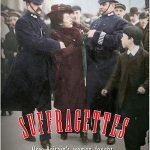
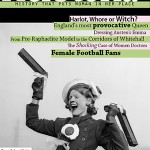


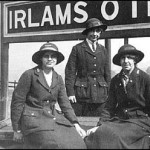
Leave a Reply